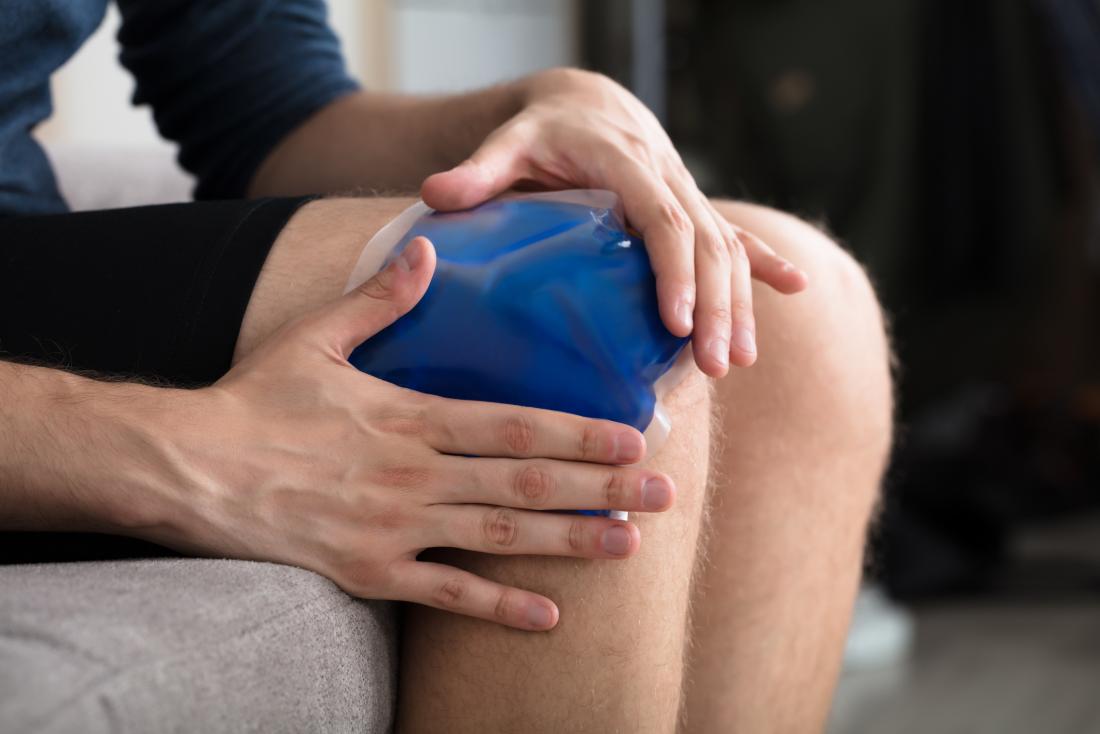Experiencing sudden knee buckling without pain can be alarming, as it affects stability and increases the risk of falls. While pain is often associated with knee issues, knee buckling without pain can still indicate underlying conditions that require medical attention. This article explores possible causes, symptoms, and treatment options while covering essential related topics.
What Is Sudden Knee Buckling Without Pain?

Sudden knee buckling refers to a momentary loss of stability in the knee joint, causing it to give way unexpectedly. Unlike cases involving pain, knee buckling without discomfort can be linked to structural, neurological, or muscular conditions.
Common Causes of Sudden Knee Buckling Without Pain
Several factors may contribute to knee instability:
1. Ligament Injuries (ACL, MCL, PCL)
- Partial or chronic injuries to ligaments such as the anterior cruciate ligament (ACL) or medial collateral ligament (MCL) can weaken knee support.
- While severe ligament tears typically cause pain, minor injuries may lead to instability without significant discomfort.
2. Meniscus Tears
- The meniscus, a cartilage structure that cushions the knee, can suffer damage over time.
- A torn meniscus can create a sensation of knee “giving way” or “locking,” even if no pain is present.
3. Osteoarthritis and Joint Degeneration
- Osteoarthritis (OA) often leads to knee instability due to cartilage wear.
- While OA is generally painful, some individuals experience buckling without noticeable pain, particularly in early stages.
4. Nerve Disorders and Neuropathy
- Conditions such as femoral neuropathy or peripheral nerve damage can weaken knee muscles, leading to sudden buckling.
- Nerve issues might also cause numbness, tingling, or muscle atrophy.
5. Muscle Weakness or Imbalance
- The quadriceps, hamstrings, and stabilizing muscles play a key role in knee support.
- Weak or imbalanced muscles may fail to maintain knee stability, leading to unexpected buckling.
6. Neurological Conditions
- Multiple sclerosis (MS), Parkinson’s disease, and stroke can cause loss of muscle control, affecting knee function.
- These conditions may also cause coordination difficulties, making the knee feel unstable.
7. Patellofemoral Dysfunction
- The patella (kneecap) plays a vital role in knee mechanics. If it moves improperly (patellar tracking disorder), the knee can feel weak and unstable.
Symptoms Associated with Knee Buckling
Even in the absence of pain, knee buckling may be accompanied by:
- Sudden loss of stability or control
- A sensation of “giving way”
- Clicking or popping noises
- Swelling or stiffness (in some cases)
- Muscle weakness in the affected leg
What to Do If Your Knee Buckles Suddenly
If your knee gives way unexpectedly, follow these steps:
1. Seek Medical Evaluation
- Consult a doctor or orthopedic specialist to identify potential causes.
- A medical history and physical examination will help determine the underlying issue.
2. Diagnostic Tests
- X-rays can detect bone abnormalities or osteoarthritis.
- MRI scans can assess ligament, cartilage, and nerve damage.
- Electromyography (EMG) may be needed for suspected nerve-related issues.
3. Treatment Options
Treatment depends on the cause and severity of knee instability:
Physical Therapy
- Strengthening quadriceps, hamstrings, and hip muscles improves knee stability.
- Balance exercises help prevent future buckling episodes.
Also Read: Knee Pain Relief Products For Elderly – A Comprehensive Guide to Comfort and Mobility!
Bracing and Support
- Knee braces or compression sleeves provide additional support.
- Orthotic inserts may help correct biomechanical imbalances.
Medications and Injections
- Corticosteroid injections reduce inflammation if arthritis is a factor.
- Neuropathy medications can assist if nerve damage is involved.
Surgical Options
- Ligament repair or reconstruction is necessary for severe ligament tears.
- Meniscus surgery may be considered if cartilage damage affects stability.
Preventing Knee Buckling Episodes
To reduce the risk of future instability:
Strengthen the Knee: Regular exercise targeting knee stability.
Improve Balance: Incorporate yoga or balance training.
Use Supportive Footwear: Proper footwear minimizes joint strain.
Stay Active: Avoid prolonged sitting or inactivity.
Monitor for Symptoms: Address early signs of weakness before they worsen.
When to See a Doctor
If your knee buckles frequently, even without pain, it’s important to consult a healthcare professional. Ignoring the issue may lead to further instability, falls, or long-term knee damage.
Red Flags to Watch For:
- Repeated knee buckling incidents
- Swelling, numbness, or tingling
- Difficulty walking or standing
- Associated neurological symptoms
FAQ’s
1. What are the first steps to take if my knee starts buckling?
Rest your knee, avoid putting weight on it, and apply ice if there’s swelling. Consult a doctor for a proper diagnosis.
2. How can I differentiate between a ligament tear and a meniscus tear?
Ligament tears usually cause instability and swelling, while meniscus tears may cause locking, clicking, or a catching sensation in the knee. A medical evaluation and MRI can confirm the diagnosis.
3. Are there any non-surgical treatments for knee buckling?
Yes, physical therapy, knee braces, muscle-strengthening exercises, and anti-inflammatory medications can help improve knee stability without surgery.
4. How does arthritis contribute to knee buckling?
Arthritis weakens the knee joint by wearing down cartilage, causing instability and making the knee more prone to buckling.
5. Can nerve damage cause knee buckling without pain?
Yes, nerve damage like femoral neuropathy can weaken muscles around the knee, leading to buckling without causing pain.
Final Thoughts
Sudden knee buckling without pain can be caused by a range of issues, from ligament injuries and muscle weakness to nerve disorders and osteoarthritis. While it may not always be painful, it’s a sign that something is affecting your knee’s stability. Seeking early medical evaluation and following a proper treatment plan can help restore knee strength and prevent future instability. If you experience frequent knee buckling, don’t ignore it—take action to protect your joint health.






